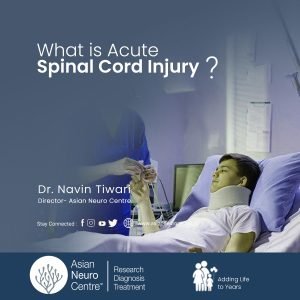- Have any questions?
- 911 12345 29
- info@asianneurocentre.com
What is Acute Spinal Cord Injury?, Symptoms, Causes, Treatment – Asian Neuro Centre
Can Acute Spinal Cord Injury be Cured? – Asian Neuro Centre
April 8, 2023What is the Main Cause of Alzheimer’s? – Asian Neuro Centre
April 19, 2023What is Acute Spinal Cord Injury?, Symptoms, Causes, Treatment – Asian Neuro Centre
- 2000 acute spinal cord injury
- a nurse is assessing a school age child who has an acute spinal cord injury
- acute spinal cord injury
- acute spinal cord injury assessment findings
- acute spinal cord injury causes
- acute spinal cord injury h reflex
- acute spinal cord injury patient population
- acute spinal cord injury symptoms
- acute spinal cord injury treatment
- Acute Spinal Cord Injury treatment in indore
- acute spinal cord injury wiki
- acute spinal cord injury. what is acute spinal cord injury
- an initial assessment finding associated with acute spinal cord injury is
- an initial assessment finding associated with acute spinal cord injury is _____ the injury
- an initial clinical manifestation associated with acute spinal cord injury i
- anesthetic management of acute spinal cord injury
- Causes of Acute Spinal Cord Injury
- colchicine in acute spinal cord injury
- ditunno et al
- national acute spinal cord injury study
- pharmacological interventions for acute spinal cord injury
- Spinal Cord Injury treatment in indore
- spinal motoneuron excitability after acute spinal cord injury in humans
- steroid treatment for acute spinal cord injury: a systematic review and meta-analysis
- Symptoms of Acute Spinal Cord Injury
- systematic review treatment of acute spinal cord injury
- temporal and spatial expression of kif3b after acute spinal cord injury in adult rat
- Treatment of Acute Spinal Cord Injury
- Treatment of Acute Spinal Cord Injury IN INDORE
- vasopressors acute spinal cord injury
- What is Acute Spinal Cord Injury?
What is Acute Spinal Cord Injury?
Acute spinal cord injury (SCI) is a sudden and traumatic injury to the spinal cord that can have a severe impact on a person’s ability to move, feel, and function.
The spinal cord is a vital part of the nervous system that carries signals between the brain and the rest of the body.
When the spinal cord is damaged, it can disrupt these signals, leading to a range of symptoms and complications.

Symptoms of Acute Spinal Cord Injury
Symptoms of acute spinal cord injury can vary depending on the location and severity of the injury.
- Loss of sensation and/or paralysis in the limbs.
- Loss of bladder and/or bowel control.
- Numbness or tingling in the arms and/or legs.
- Loss of sensation and/or paralysis in the chest or abdomen.
- Pain or stinging sensation in the neck, back, or shoulders.
- Muscle spasms and/or spasticity.
- Difficulty breathing or coughing.
- Weakness in the arms and/or legs.
- Loss of coordination or balance.
- Fatigue or difficulty concentrating.
- Difficulty sleeping.
- Difficulty speaking or swallowing.
- Loss of sexual function.
- Depression or anxiety.
Causes of Acute Spinal Cord Injury
- Motor Vehicle Accidents: Motor vehicle accidents are the leading cause of acute spinal cord injuries. These injuries often occur when a person is thrown from the vehicle or when the spine is compressed by the force of the impact.
- Fall Injuries: Falls are the second most common cause of acute spinal cord injuries. Falls can occur from heights, such as ladders or roofs, or they can happen at ground level.
- Sports and Recreation Injuries: Sports and recreation injuries are the third leading cause of acute spinal cord injuries. These injuries can occur when a person lands on the head or when the spine is twisted suddenly.
- Medical Conditions: Medical conditions such as tumors, infections, or degenerative diseases can cause acute spinal cord injuries in some cases. These cases are less common, but can still occur.
Treatment of Acute Spinal Cord Injury
The treatment of acute spinal cord injury involves stabilizing the patient’s condition, preventing further damage, and promoting recovery.
Some treatment options include surgery, medications, and rehabilitation therapy. The goal is to manage symptoms, prevent complications, and help the patient recover completely.
Dr. Navin Tiwari
Consulting Neurologist
